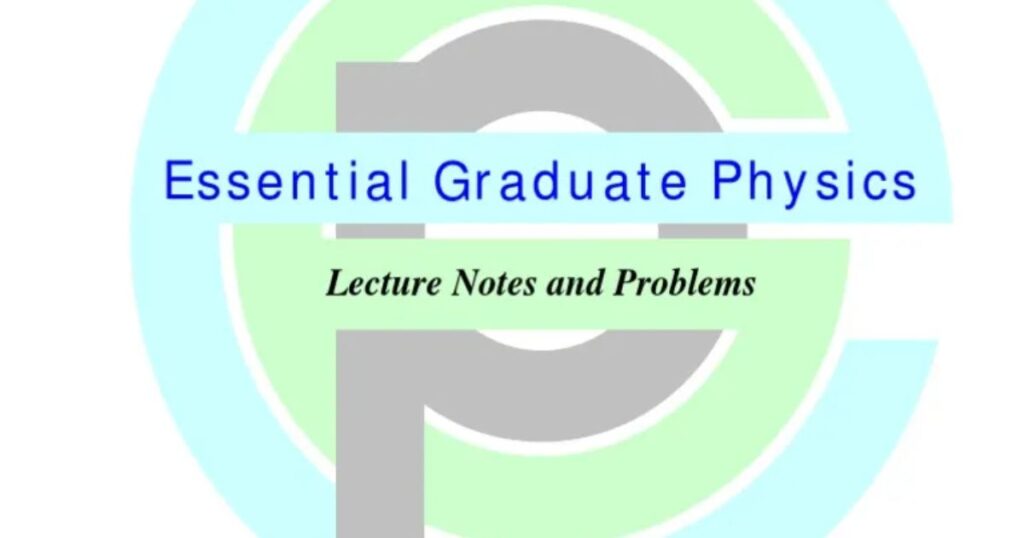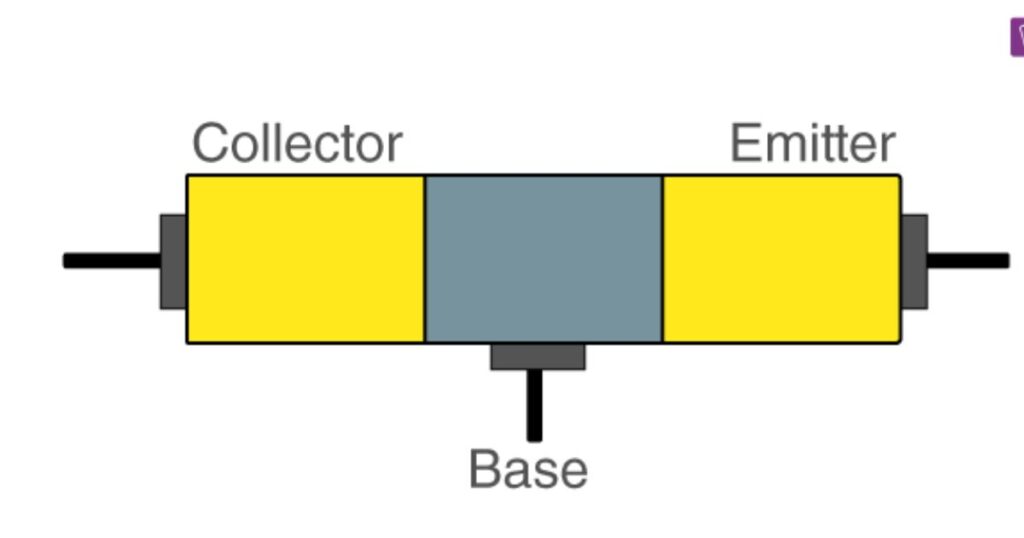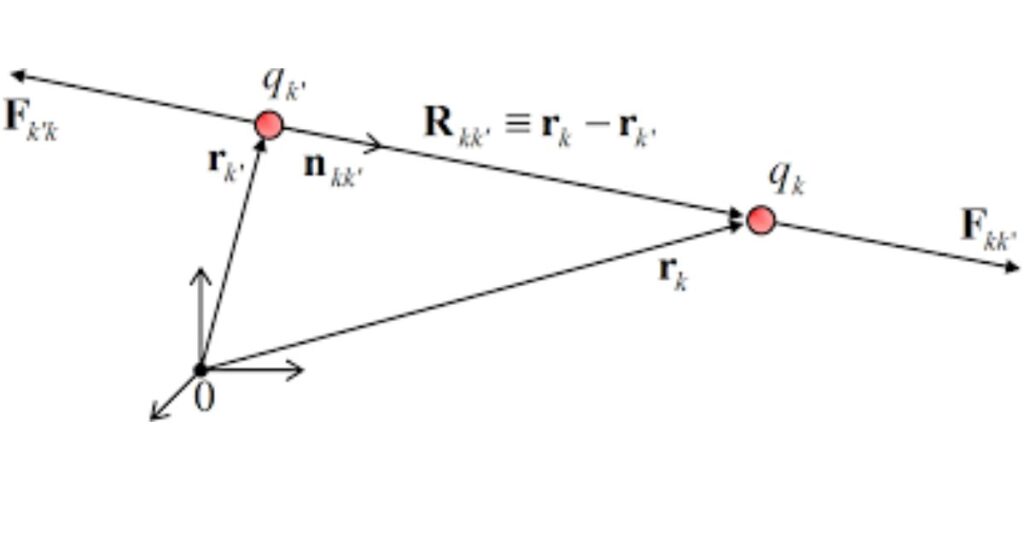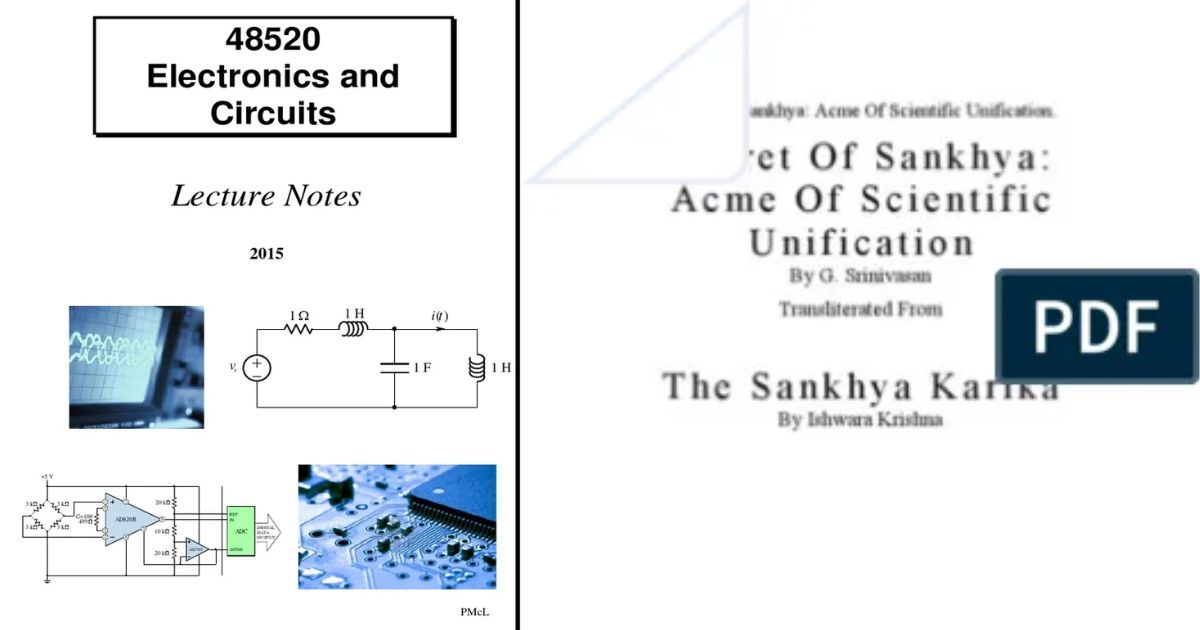Series connection is a term long synonymous with the world of physics education.It has recently undergone a curious transformation.In the latest textbooks, it seems to have been replaced by a fresh phrase circuit without branching.
This alteration has sparked debate and speculation about the motives behind such a change, particularly in the context of educational policies and curriculum decisions.Let’s delve into the details of this intriguing shift.
Book Metrics
Understanding the performance and impact of a book is essential for authors, publishers and researchers alike.Book metrics provide valuable insights into factors such as citation counts, usage statistics and reader engagement.
By analyzing these metrics, stakeholders can gauge the reach and influence of a book within its academic and literary field, informing future publishing strategies and research endeavors.
You May Like This: The Opening Of The Sinsay Store In Miskolc Is Delayed
Export Citation and Abstract
The ability to export citations and abstracts is a valuable feature for researchers and academics. It allows them to easily reference and integrate scholarly works into their own research papers, presentations and projects.
By providing a standardized format for citations and a succinct summary of the book’s content, exporting citations and abstracts streamlines the process of citing sources and accessing relevant information, enhancing the efficiency and credibility of scholarly communication.
You May Like This: The 10 most brutal cases of the star lawyer from Miskolc
Permissions
Permissions play a crucial role in ensuring the legal and ethical use of copyrighted materials. Authors, publishers and users must navigate permissions to determine what actions are permissible regarding the reproduction, distribution,and adaptation of a book’s content.

Obtaining proper permissions is essential for avoiding copyright infringement and respecting the intellectual property rights of content creators.Clear guidelines and processes for requesting and granting permissions help maintain integrity and fairness in scholarly and creative endeavors.
Share this book
It is a convenient feature that allows users to easily distribute and exchange digital copies of the textbook with others.With just a few clicks, students and educators alike can share valuable educational resources, fostering collaboration and knowledge sharing within academic communities.
MyPrint
It is a handy tool designed to enhance the user experience of digital textbooks.It offers customization options such as highlighting, note-taking, and bookmarking, allowing readers to personalize their study materials to suit their learning preferences and needs.
This feature empowers students to engage more deeply with the content and make the most of their digital reading experience.
What is myPrint?
provides users with a comprehensive overview of the functionality and benefits of the myPrint tool.From its intuitive interface to its diverse range of customization options, this section aims to guide readers through the various features and functionalities of myPrint, ensuring they can harness its full potential to optimize their learning journey.
Access this book
Accessing this book couldn’t be simpler.Whether you are a student eager to dive into the world of physics and an educator seeking valuable teaching resources, this textbook is readily available for you.With just a click or a visit to your local bookstore, you can unlock a wealth of knowledge and embark on an exciting journey through the wonders of physics.
Front matter
Before delving into the core content, take a moment to explore the front matter of this book. Here, you will find essential information to orient yourself, including the table of contents, preface and acknowledgments.These introductory pages serve as your guide, providing valuable context and setting the stage for the fascinating topics that lie ahead.
Electric charge interaction
Prepare to be electrified by the captivating exploration of electric charge interaction in this textbook.From the fundamental principles of electrostatics to the intricate dynamics of charged particles, this section offers a comprehensive understanding of one of nature’s most fundamental forces.Get ready to unravel the mysteries of electricity and magnetism as you delve into this electrifying topic.
Charges and Conductors
Understanding the basics of charges and conductors is essential in unraveling the mysteries of electricity.When we talk about charges, we are delving into the fundamental building blocks of electricity, the positive and negative particles that make up atoms.

Conductors on the other hand, are materials that allow the flow of electric charges with ease, like metals.Exploring the relationship between charges and conductors lays the groundwork for comprehending more complex electrical phenomena.
Dipoles and Dielectrics
Enter the realm of dipoles and dielectrics, where we encounter intriguing properties that shape the behavior of electric fields.Dipoles, characterized by their separation of positive and negative charges, create unique electric fields around them.
Dielectrics, meanwhile, are materials that alter these electric fields when placed within them, influencing how charges interact and flow. Unraveling the mysteries of dipoles and dielectrics unveils a deeper understanding of electric fields and their effects.
DC Currents
Direct current (DC) currents form the backbone of many electrical systems, powering devices and circuits with a steady flow of electric charge.Unlike alternating current (AC), which oscillates in direction, DC flows consistently in one direction, making it ideal for applications like batteries and electronic circuits.
Exploring the principles of DC currents unveils the mechanics behind electricity transmission and utilization, paving the way for a deeper comprehension of electrical systems.
Magnetism
Magnetism is like magic in the world of physics.It is what makes magnets stick to our fridges and guides compass needles north.At its heart, magnetism is all about the invisible force between objects that have magnetic properties.
When certain materials, like iron or steel, get together, they create magnetic fields that pull them together and push them apart.Understanding magnetism helps us create things like electric motors and MRI machines, making it an essential topic in physics.
Electromagnetism
Now, imagine combining magnetism with electricity that is electromagnetism.This powerful duo is behind so many everyday gadgets and machines.Electromagnets, for example, are coils of wire that act like magnets when electricity flows through them.
They are the secret behind everything from doorbells to trains.Thanks to electromagnetism, we can control and manipulate magnetic fields to do all sorts of cool stuff, making it a crucial concept in both physics and engineering.
Electromagnetic wave propagation
It is all thanks to electromagnetic wave propagation.These waves, also known as light waves, radio waves and microwaves, travel through space, carrying energy from one place to another. Whether it is sending messages wirelessly and cooking popcorn in the microwave, understanding how electromagnetic waves move and interact with objects is key to modern communication and technology.
Radiation, scattering, interference and diffraction
In the realm of physics, the study of radiation, scattering, interference and diffraction opens up a fascinating world of phenomena.Radiation refers to the emission or transmission of energy through space.
While scattering involves the redirection of radiation’s path after encountering particles or obstacles. Interference occurs when two or more waves combine to form a new wave pattern, influencing each other’s amplitude and frequency.
Meanwhile, diffraction describes the bending of waves around obstacles, through narrow openings, unveiling the wave like nature of light and other forms of radiation.
Special relativity
Special relativity, a cornerstone of modern physics, revolutionizes our understanding of space, time, and motion.Introduced by Albert Einstein in 1905, this theory challenges classical notions of vacuum simultaneity and establishes the constancy of the speed of light in a as a fundamental principle.
Special relativity elucidates how time dilation and length contraction occur for objects moving at relativistic speeds, reshaping our perception of the universe and paving the way for groundbreaking insights into the nature of reality.
Radiation by relativistic charges
The phenomenon of radiation by relativistic charges unveils the intricate relationship between electromagnetic fields and accelerated charged particles moving at velocities close to the speed of light. As these charged particles undergo acceleration, they emit electromagnetic radiation in the form of photons, propagating outward into space.

This process, governed by Maxwell’s equations and further elucidated by special relativity, plays a pivotal role in various astrophysical phenomena, particle accelerators, and the understanding of fundamental interactions in the cosmos.
Appendix
The appendix is like a bonus section at the end of a book.It is where you find extra information that’s related to the main content but isn’t essential for understanding it.Think of it as a helpful resource that provides additional details, charts, tables and even sources that can enrich your understanding of the topic.
Back Matter
Back matter is what you find at the end of a book, after the main content has finished.It includes things like the index, glossary, bibliography and any other supplementary material.Back matter is handy because it helps you navigate the book better, find specific information and learn more about the sources the author used.
Extent
Extent simply refers to the size and length of something. In the context of a book, it tells you how many pages and chapters it has. Knowing the extent of a book can help you plan your reading time and understand how much content you are about to dive into.It is like having a sneak peek at how long the journey will be before you embark on it.
D O I
DOIand Digital Object Identifier, serves as a unique alphanumeric string assigned to digital documents, primarily scholarly articles, to provide permanent and reliable links to their location on the internet.
DOI simplifies citation and retrieval of academic works, ensuring their accessibility and longevity.When citing research or accessing scholarly material online, DOI serves as a valuable tool for locating and referencing authoritative sources.
Dates
Stay informed about important dates related to physics education.Keep track of textbook releases, curriculum updates and educational events to ensure you are always in the know.
Books Links
Explore a wealth of resources with convenient links to physics textbooks.Whether you are a student looking for study materialsand an educator seeking teaching resources, these links provide easy access to valuable content at your fingertips.












